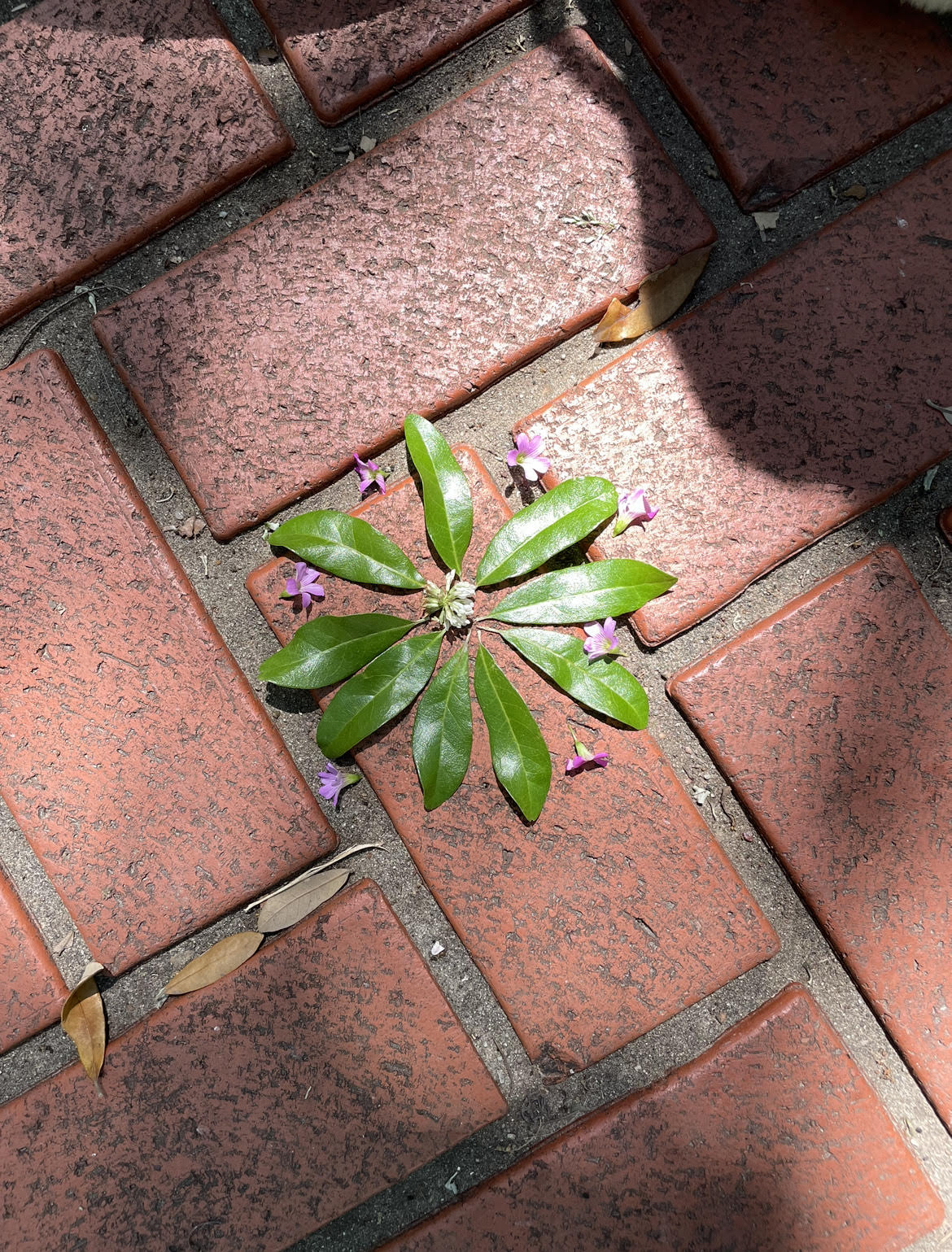Sand Mandalas
Sand Mandalas
By: Veronica and Camila
What are Sand Mandalas?- Veronica
Sand mandalas (sanskrit for “circle”) are works of art with a geometric shape created with sand. They are created to represent purity, peace, and healing. Mandalas can range in shape, but they usually form a circle rather than a rectangle or square. Sand mandalas hail from the hands of Tibetan monks who focus more on the actual process of creating it rather than the eventual outcome. Although the actual skill of creating one is important, what is of most importance is learning what the mandala represents to you spiritually, and its form.
How are they created?- Camila
Sand mandalas are believed to have begun in the fifth or sixth century B.C.E. Originally, they were created with granules of crushed stones of different colors. Now, they are created with plain white stones that have been crushed and then colored with artificial dyes. Prior to beginning the project, the monks draw an outline to know where to place the sand. Once the outline is completed, the monks use small tubes, funnels, and scrapers, to lay the sand down. Commonly, a team of monks work together on the sand mandala starting from the middle and working in sections their way out.
Why are they destroyed in the end? - Camila
After spending up to weeks on creating sand mandalas, they are destroyed ceremonially. The destruction of the sand mandalas is done in order to demonstrate impermanence. After destruction, the sand is collected in a jar where it is sent out in a river or any body of water. This is done in order to release the sand back into nature and let the healing energies be created by the mandala to be spread.
History of Sand Mandalas - Veronica
The mandala first appears in the Rig Veda, part of the Vedas (the first collection of Hinduism religious texts). This was around 1500-1100 BCE. The first mention of sand mandalas specifically comes from “The Blue Annals”, which was written on the Tibetan practice of Buddhism written in the 1400s by Buddhist Go Lotsawa Zhonnu-pei. Mandalas were often depicted on the walls and canvases of temples. In the Buddhist practice, mandalas are revered as sacred, and are told to represent the nature of existence, although the meaning and interpretation of that concept is up to the viewer of the mandala. It is like a “mirror to the individual's inner spirit and soul”.



Comments
Post a Comment